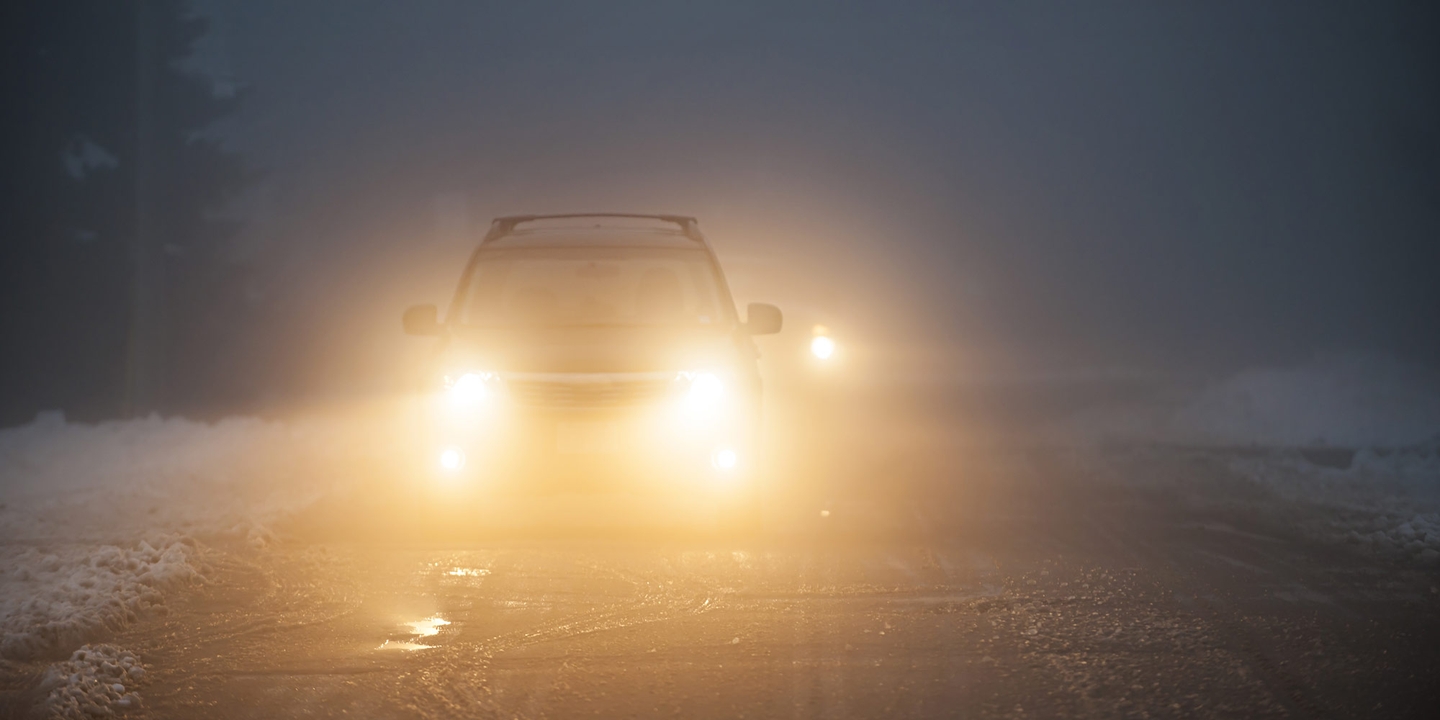How do I know when to use high beams?
2 min read
Seeing the road ahead is critical for safety. Unfortunately, poor headlight etiquette, like not knowing when to turn on high beams, can make it more difficult for you and others to see the road. Generally, a car’s high beams are useful for very dark roads with little traffic and good weather. In many situations, they can be less helpful and may hinder good driving. Understanding when to use high beam headlights is one of many safe driving practices worth refreshing.
When do you use high beams?
The best place to use a car’s high beams is outside the city. In town, streetlights and other light sources usually make using your low beams adequate when driving at night. They are likely other cars, too, making it difficult to find a clear spot to turn on your high beams without impairing other drivers’ vision. If you’re driving on the highway or country roads, you often have long stretches of straight roads, less light, and less traffic, making for a better environment to use your car’s high beams. Just remember that you have them on and switch back to low beams when other vehicles are in front of you.
High beam headlights are great in clear conditions but aren’t good at cutting through bad weather like fog or rain. Just the opposite: the light from high beams scatters on the particles in the air, creating a haze that’s hard to see through. If you’re driving in fog, rain, or other adverse weather, use your low beams. If your fog headlights are aimed correctly, they may be a helpful addition to low beams.
Are there pros and cons of driving with high beams?
Pros of driving with high beams
An advantage of using high-beam headlights is that they illuminate the road surface up to 350 to 400 feet in front of you. That’s twice the distance as low beams. The long beam of light makes it easier to see and allows for longer reaction times when there’s an obstacle in the road. When traveling at highway speeds (around 55mph), low beams give you a second or two to react, which likely won’t be enough time to respond to an unexpected event, according to the Insurance Institute for Highway Safety (IIHS).
Cons of driving with high beams
The downside to using your car’s high beams is that they’re so bright that they can be blinding to other drivers (much like staring at a light bulb makes it difficult to see anything around it). The blinding effect can happen to drivers in oncoming traffic and your lane if they catch the high beams in their rearview mirror. That’s why you should only use high-beam lights when the road is clear on both sides for at least a couple hundred feet.
Other considerations for driving with high beams
Be careful when driving with your high beams if you have curve-adaptive headlights. These higher-tech lights are available on many newer cars and curve when you turn the steering wheel to illuminate a turn better. That can improve the visibility of the road surface in a curve for the driver using the lights. However, curves are more prone to fatal crashes than straight roads, so it’s a bad time to hit other drivers with headlight glare.
According to a study by the Insurance Institute for Highway Safety, less than half of drivers use their high beams headlights appropriately. Adaptive beam headlamps may eventually solve this issue, but for now, it’s up to drivers to follow the road rules and remember to turn on their high beams when appropriate.




